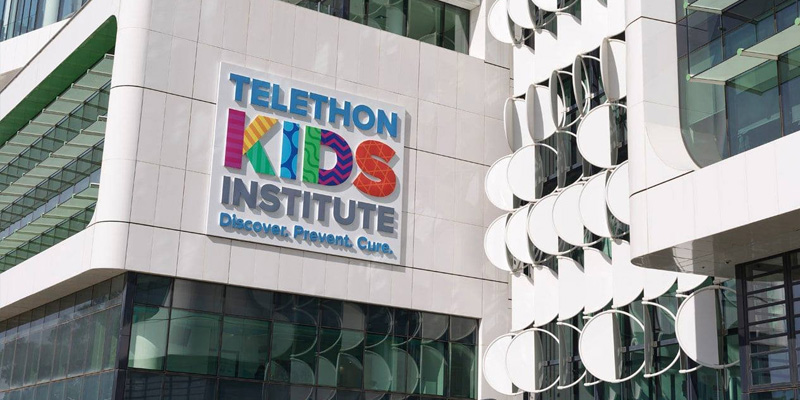Search
Research
The community food environment and its association with diet, health or weight status in Australia: A systematic review with recommendations for future researchThis study systematically reviewed Australian literature to determine if an association exists between geospatial exposure to food outlets and diet, health or weight status. Recommendations for future research are provided.
Research
Built Environments And Child Health in WalEs and AuStralia (BEACHES): a study protocolChildhood obesity and physical inactivity are two of the most significant modifiable risk factors for the prevention of non-communicable diseases. Yet, a third of children in Wales and Australia are overweight or obese, and only 20% of UK and Australian children are sufficiently active.
Research
Causal Impact of Physical Activity on Child Health and DevelopmentThe relationship between physical activity and child health and development is well-documented, yet the extant literature provides limited causal insight into the amount of physical activity considered optimal for improving any given health or developmental outcome.
Research
Interventions to Improve Child Physical Activity in the Early Childhood Education and Care Setting: An Umbrella ReviewEarly childhood education and care (ECEC) services are a key setting to support improvements in the physical activity of young children. This umbrella review gathered and synthesised systematic review evidence of the effectiveness of interventions in the ECEC setting on the physical activity levels of children aged 0–6.
Research
Active transport research priorities for AustraliaTo advance active transport, robust policy-relevant evidence is needed to understand how to change behaviour and to support decision-making by policy makers and practitioners. Currently, however, priority research questions that are most critical for advancing active transport have not been identified.
Research
The association between preschooler physical activity duration and intensity and social emotional development: Findings from the PLAYCE studySocial emotional development is imperative to young children's long-term psychological and physical health. Physical activity (PA) may be important for young children's social emotional development. The association between preschooler PA duration and intensity and social emotional development was investigated.
Research
The effect of upgrades to childcare outdoor spaces on preschoolers’ physical activity: Findings from a natural experimentThis natural experiment investigated the influence of early childhood education and care outdoor physical environment upgrade on preschoolers' physical activity

News & Events
Healthway supports innovative mental health, physical activity research at The KidsThe Kids Research Institute Australia and The University of Western Australia researchers have been awarded more than $1 million in funding from Healthway, for projects to improve the mental health of LGBTQA+ young people, encourage early physical activity in childcare centres and create healthier local environme
Research
Developmental trends in young children’s device-measured physical activity and sedentary behaviourKnowledge of developmental trends in meeting age-specific 24-hour movement behaviour guidelines is lacking. This study describes developmental trends in device-measured physical activity and sedentary time over a three-year period among Western Australian children aged two to seven years, including differences between boys and girls.
Research
Preschool children’s physical activity in the home, childcare and neighbourhood environment: A latent profile analysis using device-based measuresBased on the socioecological conceptual model, the physical environment within the home, childcare and neighbourhood domains are key factors that influence preschool children's physical activity; however, the relative importance of each of these domains for preschool children's physical activity is unclear.
